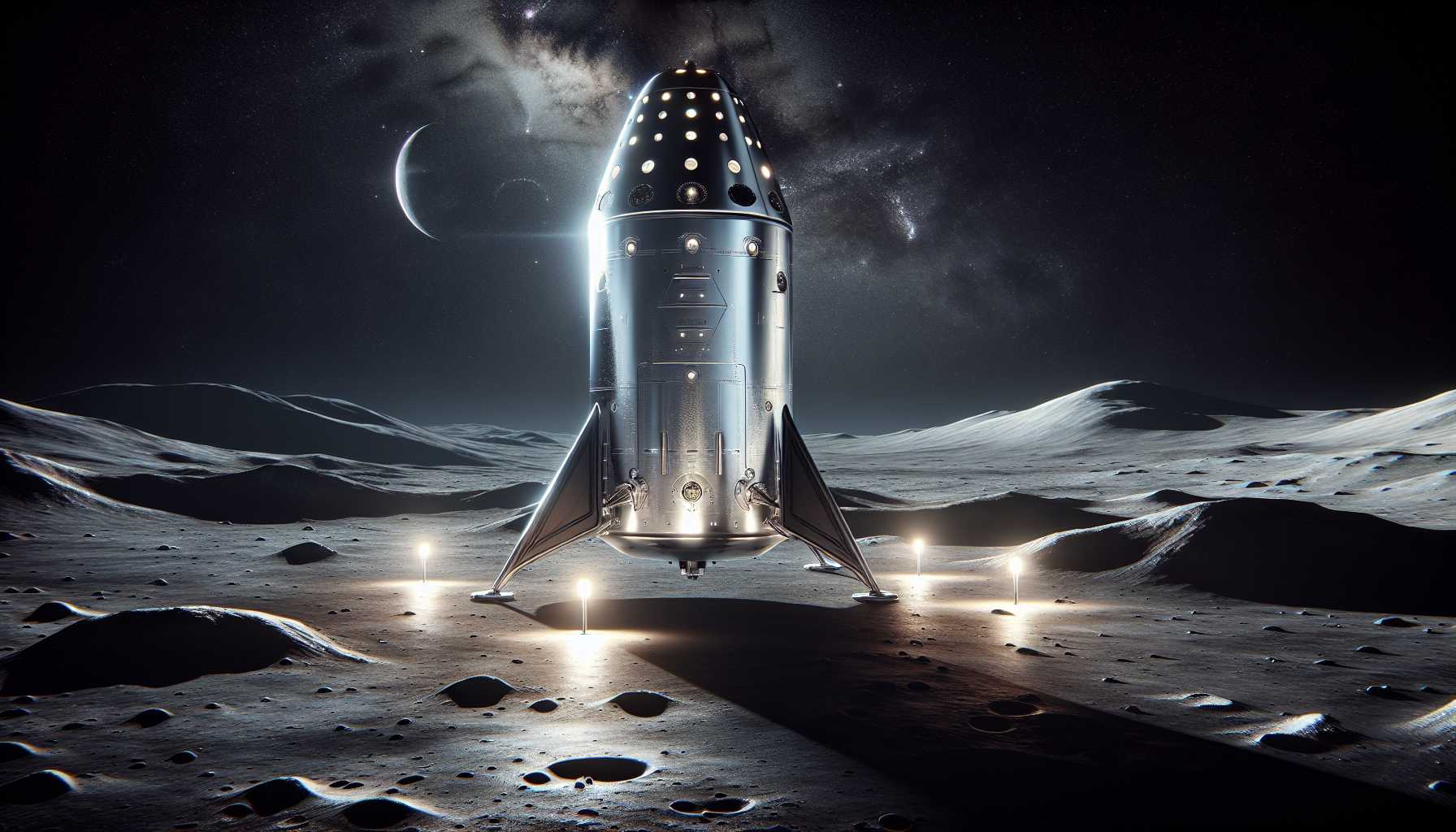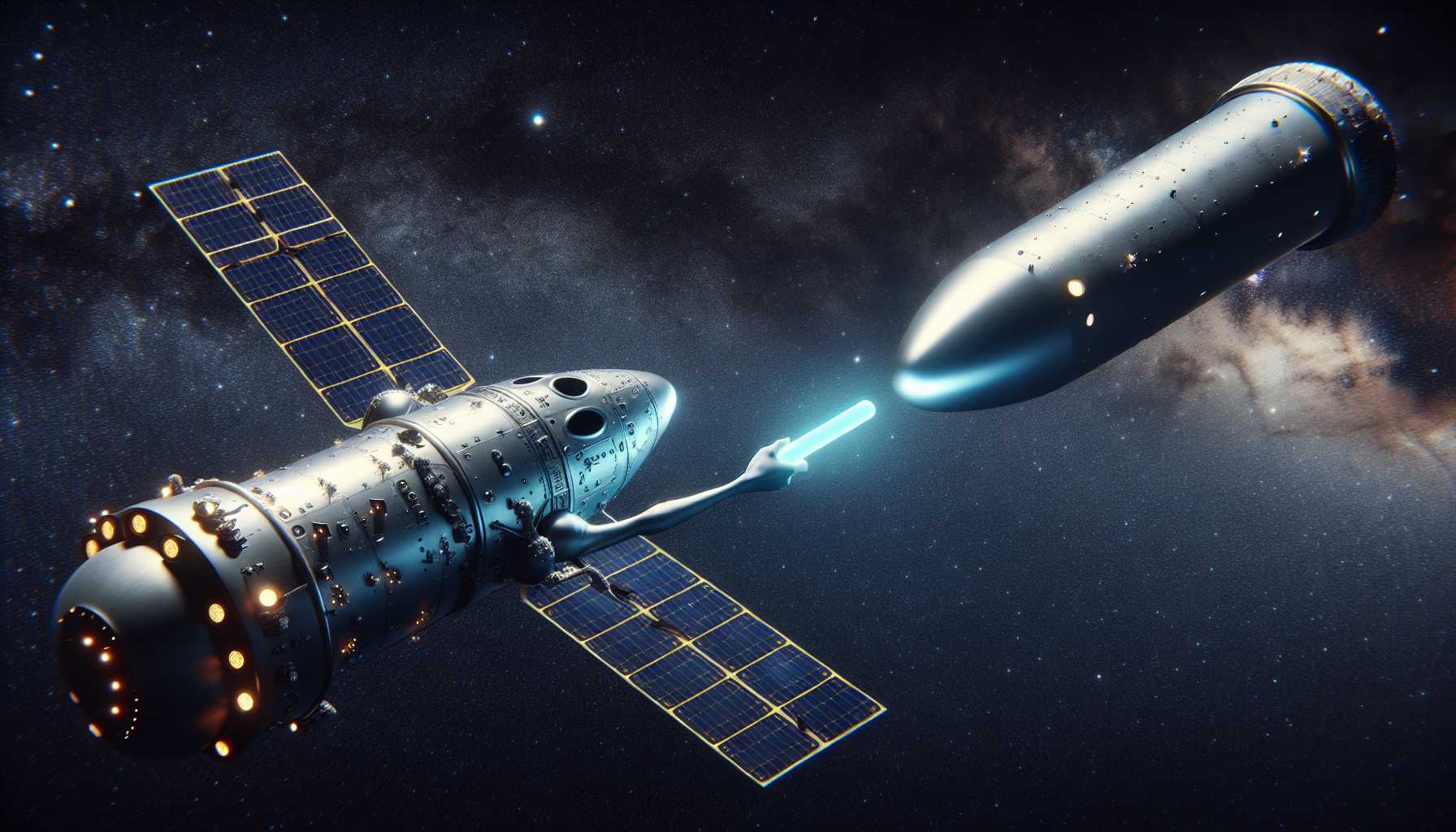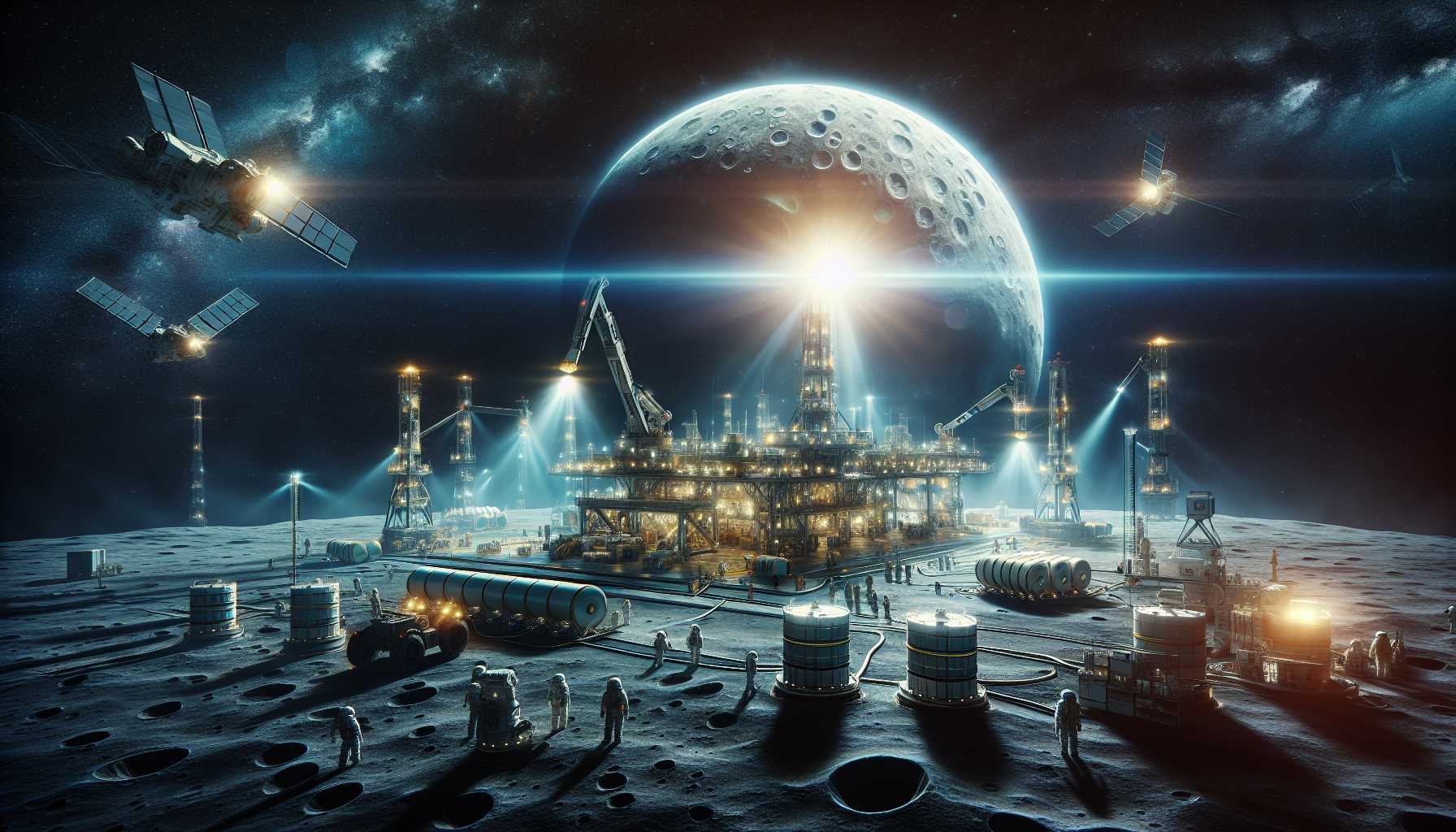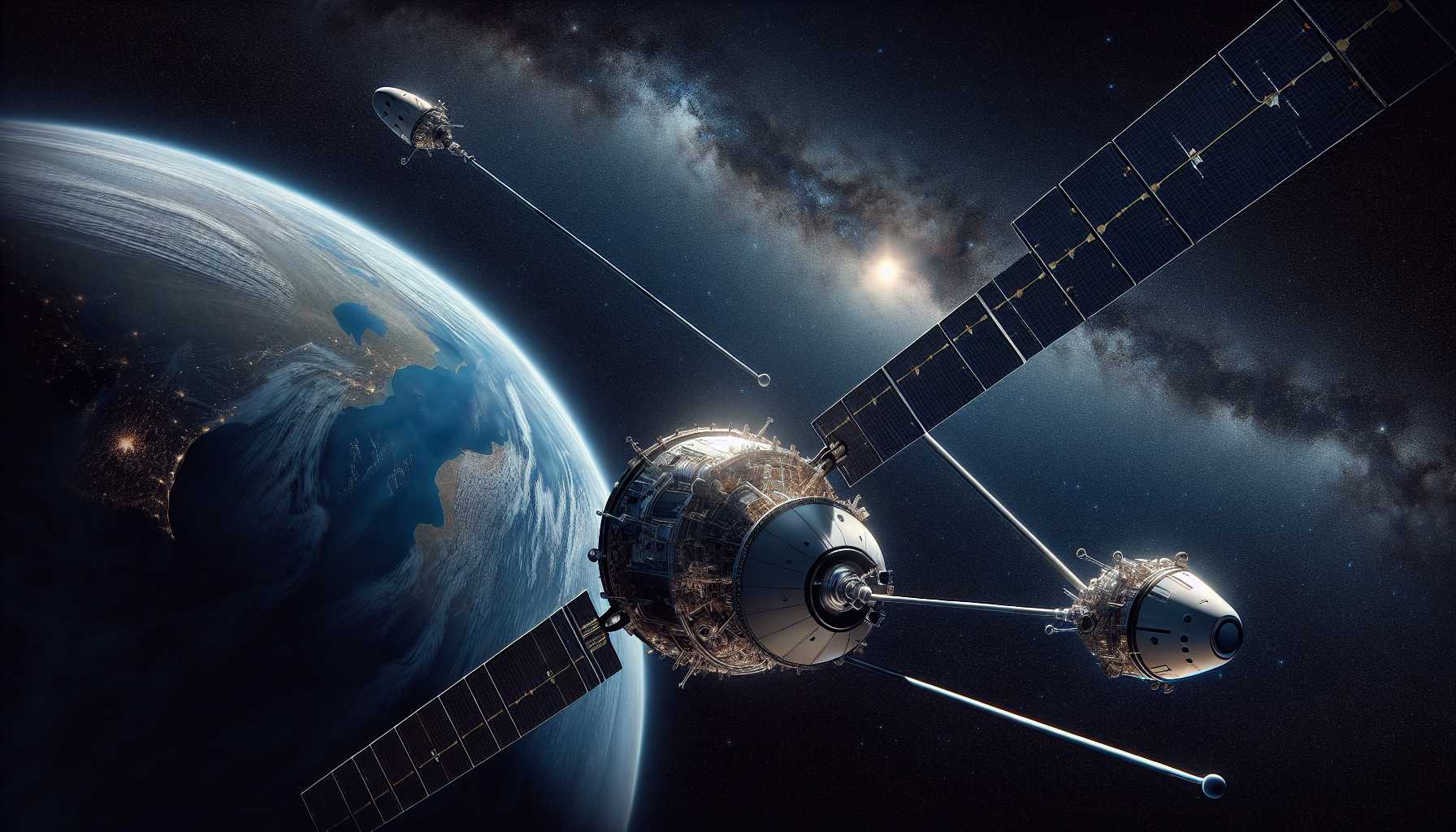Welcome, space aficionados and tech enthusiasts! Today, we’re venturing beyond the familiar blue skies and into the expanse of space, where dreams of lunar landings are becoming concrete plans, thanks in part to the visionaries at SpaceX. Yes, you read that right – we’re talking about the company that has turned the space industry on its head, led by none other than the Iron Man of the real world, Elon Musk. Ready to strap in? Because we’re about to blast off into a future where the moon is not just a celestial body, but a destination.
1. The SpaceX-Starship Synergy: A Leap Towards Lunar Lore

Gone are the days when the Apollo missions were the only references for moon landings. Enter the era of NASA’s Artemis missions, with SpaceX playing a pivotal role. Their mammoth Starship – a craft that conjures images of science fiction made real – is at the heart of this lunar return. Promising to shuttle astronauts to the dusty surface of our satellite, Starship represents more than innovation; it symbolizes the nexus of collaboration and daring commitment to interstellar progress.
I’ve been tracking the evolution of SpaceX’s engineering marvels, and let me tell you, seeing Starship in action signals a profound moment in space travel history. But it’s not just about getting there; it’s about sustaining our stay, which brings us to an icy concept – cryogenic propellant transfer. Imagine trying to pass a fragile snowflake from one palm to another in a windstorm, and multiply that complexity by…well, space! SpaceX’s third Starship trial isn’t just about sticking the landing; it’s about mastering this delicate dance of fueling up in the void.
2. The Cosmic Relay Race: From Earth Orbit to Lunar Surface

Picture this: a baton pass, but the runners are celestial chariots coursing through the vacuum of space. The Artemis missions are a team effort, with the Orion spacecraft, courtesy of NASA, setting the pace, followed by SpaceX’s sprint to the lunar surface. I can’t help but entertain the thought of a moon-orbiting space station playing the role of an interplanetary pit stop – a future that turns the once-imagined into the now-achievable.
Lest we forget, the stakes are monumental. Not only is the scientific community watching, but so are people around the world, eagerly anticipating the first woman and person of color to imprint their boots on the moon’s surface. It’s a giant leap for equality, and a stride we should all watch with bated breath.
3. The Fuel Frontier: Cryogenic Conundrums and Orbital Outposts

Ever considered why a fuel depot in space is such a game changer? Think interstellar road trips, but with the need to refuel without turning back home. Having a cosmic gas station would enable spacecraft to venture deeper into our solar system’s mysteries. Not merely hypothetical, NASA envisions a future where lunar ice becomes the H2O split into hydrogen and oxygen – space’s very own renewable fuel source!
Let’s digest the dollar signs for a moment. With $370 million invested in U.S. companies focused on this tech, and $53 million specifically for SpaceX’s orbital fuel experiment, NASA is betting big on the private sector’s prowess. It’s a marriage of convenience and necessity, uniting NASA’s wisdom with the agility and innovation of companies like SpaceX and Blue Origin. And before you ask, yes, the latter also has its eyes on the orbital refueling prize.
4. Refueling Rendezvous: The SpaceX Strategy

I know, I know – the thought of transferring icy fuel in the abyss sounds like a plot point in a space opera. But SpaceX isn’t winging it; their history is peppered with rendezvous and docking successes. With more than 30 Dragon spacecraft dockings under their belt, they’ve got the learnings to prove it. So, when they talk about docking two Starships in the cosmos, I don’t just listen; I lean in, because it’s not their first cosmic rodeo.
Though shrouded in some degree of mystery, we’re getting a clearer picture of how the proposed propellant transfer would manifest. Despite Blue Origin’s claim of 16 launches, Musk counters with a number between four and eight. Heck, someone from SpaceX even floated “10-ish” when NASA administrator Bill Nelson requested a tally. The takeaway? SpaceX isn’t just dreaming; they’re planning with precision.
5. Final Thoughts: The Future is Closer than it Appears

We can banter about the technical jargon all day, but what does it mean for you and me? It’s simple: the strides SpaceX and NASA are making in space travel tech are cutting the commute time to the future. The success of Starship’s orbital tests might just redefine human capability, opening up the universe to us earthbound souls.
Skateboarding into space may sound like a sci-fi gag, but the reality is that we live in an age where sending tweets from extra-terrestrial bodies might not be too far off. So, let’s embark on this journey together, watching with eagle eyes as SpaceX hones the art of cosmic fueling. Because when that leap for mankind becomes a reality, you can bet we’ll have front-row seats to the show.
Happy stargazing, my fellow tech-trepreneurs, until we decode the next chapter in our celestial saga – stay curious and keep dreaming big!
